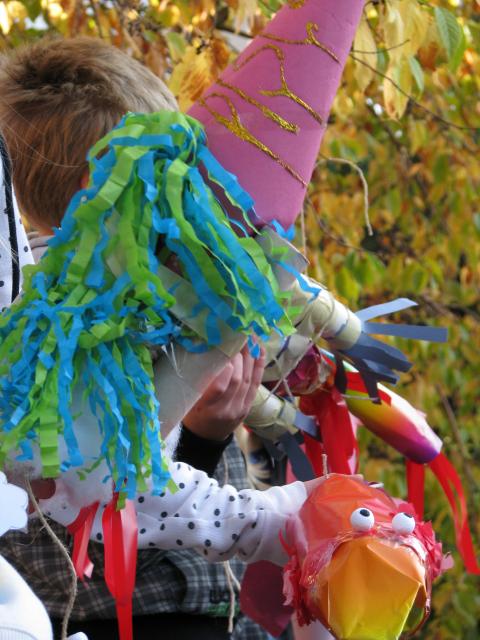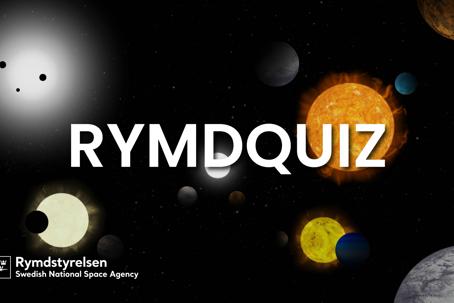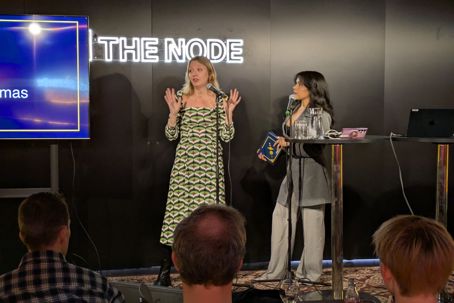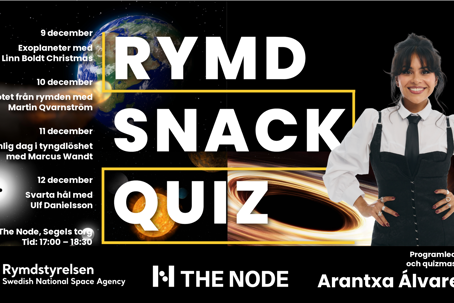
After our all-too-short maiden flight, the PoGOLite team has now left Esrange to take some well deserved vacation and ponder over what might have been. Here’s how events unfolded since the launch... About 3 hours after POGOLite was launched on July 7th it became clear that the altitude of the balloon had leveled out to about 35 km - a few kilometres short of the target altitude. The altitude then started to slowly decrease, implying that the balloon had sprung a leak allowing helium gas to escape. As you can imagine, this was an extremely frustrating and disappointing moment for everyone involved in the project. We had just completed commissioning all the PoGOLite systems. The X-ray telescope was running continuously and generating good data. The pointing system was performing just as we had planned. We had selected a series of stars to point at and were very happy to see them appear nicely centred in our star trackers. At the time the bad news arrived, we were just debating what to do before our primary science target, The Crab, would rise above the horizon in a couple of hours time. Commissioning PoGOLite had gone considerably more smoothly than we had hoped! Once the balloon was in a safe location, a command was sent over radio which cut the balloon from the gondola and the latter was returned to the ground by parachute. We could follow the descent in real time and were alarmed to see that the gondola was heading towards a lake. In fact, the last GPS fix we received showed that the gondola had indeed landed in the middle of a lake! More precise GPS information eventually allowed us to confirm that the gondola had actually crashed down on solid land not far from Nikkaluokta. The balloon landed near to Kebnekaise mountain station. The following day we located the gondola and were relieved to find it mostly intact. Once it was returned to Esrange we made some preliminary tests of the X-ray telescope and attitude control system. Some issues were discovered which we will need to look at after the summer once we have transported parts back to our lab at KTH. We are, of course, looking forward to trying again next year.
We’ll be back...
/Mark
Caption (picture above): The PoGOLite gondola after landing near Nikkaluokta.
Caption: Happy faces before the launch. From left to right: Olle Wellin, Jonas Lind, David Steen and Jan-Erik Strömberg (DST Control); Elena Moretti, Stefan Rydström and Merlin Kole (KTH); Göran Olofsson (Stockholm University), Mark Pearce, Nicola Schlatter, Victor Mikhalev and Mózsi Kiss (KTH), Tune Kamae (SLAC), H-G. Florén (Stockholm University), Hiromitsu Takahashi (Hiroshima University), Miranda Jackson (KTH).
Credit: Johanna Bergström-Roos.





